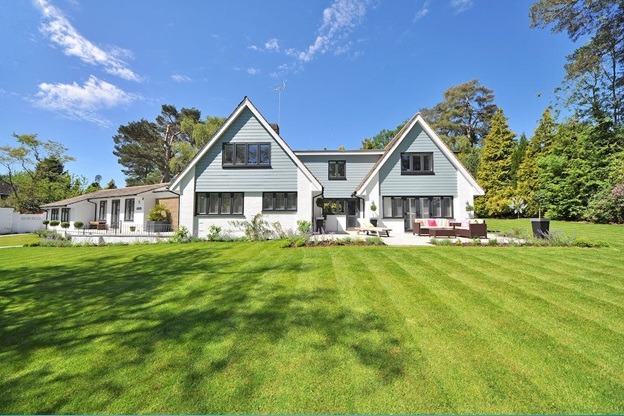While designing a landscape for your home, it can be a fun and exciting experience; it’s important to remember a few things. By doing this, you can ensure that the final result will be one that you are happy with and fits perfectly – with the rest of your property.
In this article, we will look at five things you should consider, when designing your landscape.
When designing your landscape, consider how you want to use it.
What do you want to use the area for? Will it be a place where people spend time together or will they work on projects in the yard? Who will be using the area and how often? How much are they willing to spend on this project? What are their goals, for this project? Are there any restrictions on what can be done with your property (for example- no digging up trees or plants)?
These questions help to determine what type of look will work best for your property and family members’ needs, and give guidance regarding budgeting limitations.
Landscaping design in Arizona can be as simple as adding a few plants and trees or it can be more complex. If you want to create something unique like a water feature, fountain or another decorative item- you may need professional help.
Next, you need to consider the type of landscaping you want.
When you’re ready to start thinking about the final design the first step is to decide on a theme. Many different types of landscaping can be used to create a beautiful, and functional space around your home.
Some people prefer traditional designs with many plants and flowers; others prefer an informal look using hardscape materials such as brick paths or stone walls. If you are having trouble maintaining the beauty of your backyard, a landscape maintenance services in Alpharetta can help you build and create the most unique and wonderful backyard you can have again and again.
You may also consider using a specific color scheme or theme when designing your landscape- including Japanese style gardens or Mediterranean courtyards with fountains and arches.
Location matters, especially if you have a small yard.
No worries if you don’t have a yard and live in an apartment or condo! You can still create a garden in your front yard by planting flowers or shrubs, that require little maintenance and will grow well in containers.
If you do have space for a garden, but it’s not as big as you would like it to be- here are some tips on how to make the most of what little space there is:
- Create a focal point with a water feature, sculpture, or archway.
- Use vertical elements like trees, shrubs and vines to give the illusion of more space.
- Consider planting vegetables in containers on your balcony or patio to enjoy fresh produce whenever you want.
You’ll also want to consider what kind of environment you seek.
Do you want to create a peaceful oasis? Or an outdoor room? Perhaps it’s more important for your space to be conducive to entertaining and socializing, or maybe relaxing is at the top of your list.
What do I mean by this? Well, think about how most people use their yards: they grill out with friends and family; they play with their kids; they eat outside on warm summer evenings, and maybe even throw some parties from time to time!
When designing a landscape plan for yourself or anyone else; it’s vital that everyone involved understands what function each part serves, not only to make sure everything fits together seamlessly but also so there aren’t any surprises later down the line when things don’t work quite right because no one knew what was supposed to be done where in order make everything run smoothly (or even look good).
Lastly, remember the plants and trees chosen for your landscape design.
When creating a beautiful landscape, the plants and trees chosen for your design are as important as any other aspect. Trees can be used for several things, including:
- Privacy
- Shade
- Noise reduction (by blocking traffic noise) or attracting birds (to your yard)
Trees also help reduce air pollution by absorbing carbon dioxide and releasing oxygen into the atmosphere.
They provide natural barriers against heat, cold, and wind while providing shade in summer months; this helps keep temperatures down in hot weather while allowing sunlight through during winter when there’s less daylight time available for growing food crops.

